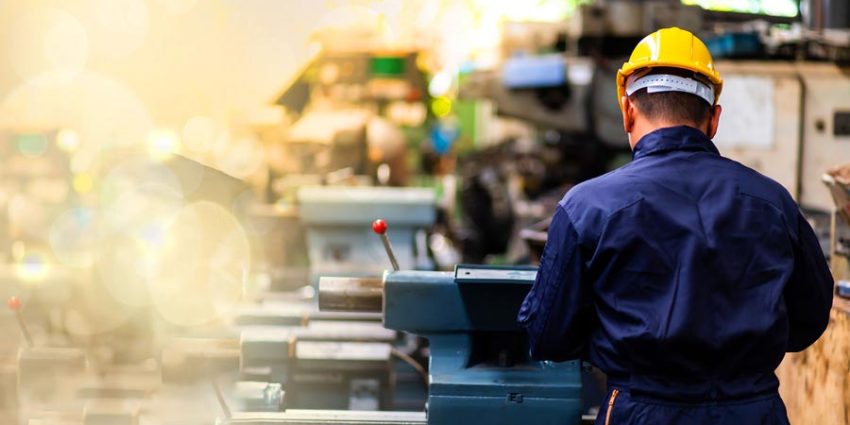Industrial tools are the backbone of many workplaces, from construction sites to manufacturing plants. But with their power and capability comes a serious responsibility: ensuring safety. It’s not just about getting the job done—it’s about getting it done safely. Accidents can happen in the blink of an eye, so it’s crucial to be proactive about safety measures. Let’s explore some best practices to prevent accidents and injuries when using industrial tools.
Understanding Common Hazards
First things first, you need to know what you’re up against. Industrial tools come with a variety of hazards. Electrical shocks, ergonomic strains, mechanical failures, and chemical exposures are just a few examples. For instance, an electrical tool might have a frayed cord that poses a shock risk, or a heavy tool might cause back strain if not handled properly. Recognizing these hazards is the first step in mitigating them. Take a page from real-life incidents—like a worker getting a severe cut from a poorly guarded saw blade—to understand the gravity of these risks.
Proper Training and Education
Knowledge is power, especially when it comes to safety. Comprehensive training programs are essential. Employees must learn the ins and outs of using, handling, and maintaining industrial tools safely. This isn’t a one-and-done deal—ongoing education and refresher courses are vital. Workplace hazards evolve, and so should your safety protocols. Regular training helps keep safety top of mind and ensures everyone is up to date with the latest best practices.
Personal Protective Equipment (PPE)
You wouldn’t go into a battle without armor, right? The same logic applies here. Personal protective equipment (PPE) is your first line of defense against injuries. Safety glasses protect your eyes from flying debris, gloves shield your hands from cuts and abrasions, earplugs prevent hearing damage from loud machinery, and hard hats protect your noggin from falling objects. The key is to choose the right PPE for the specific task and environment. Don’t skimp on this—it’s your safety on the line.
Equipment Maintenance and Inspections
Regular maintenance and inspections are non-negotiable. Industrial tools can develop defects or malfunctions over time. A faulty tool is a ticking time bomb. Routine checks for lubrication, calibration, and parts replacement are essential to ensure tools are in optimal condition. Create a checklist to keep track of these tasks. It’s better to catch a problem early with a routine inspection than to deal with the aftermath of an accident.
Safe Work Practices and Procedures
Safety practices and procedures are your roadmap to a secure workplace. This includes proper machine guarding, lockout/tagout procedures, and ergonomic techniques. Machine guards prevent access to dangerous parts, lockout/tagout ensures machines are properly shut off during maintenance, and ergonomic techniques help avoid strains and sprains. Clear communication and teamwork are also crucial. Everyone needs to be aware of their surroundings and look out for each other.
Emergency Preparedness and Response
Accidents can happen, even with the best precautions. That’s why emergency preparedness is key. Have a response plan in place for potential incidents involving industrial tools. Train employees in first aid, CPR, and emergency evacuation procedures. Knowing what to do in an emergency can make a significant difference in the outcome. A swift and effective response can minimize injuries and save lives.
Continuous Improvement and Feedback
Safety isn’t a one-time effort—it’s an ongoing process. Establish feedback mechanisms and incident reporting systems to identify safety issues and implement corrective actions. Encourage a culture of continuous improvement, where employees feel empowered to contribute ideas for enhancing safety practices and procedures. Regularly review and update safety protocols to keep pace with new challenges and technologies.
Conclusion
Safety should always be at the forefront when using industrial tools. By understanding common hazards, providing proper training, using PPE, maintaining equipment, following safe practices, preparing for emergencies, and fostering a culture of continuous improvement, you can protect workers and ensure a safe, productive work environment. Remember, safety isn’t just a policy—it’s a mindset. Stay vigilant, stay informed, and stay safe.

